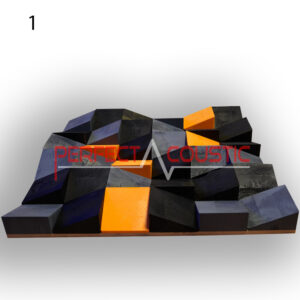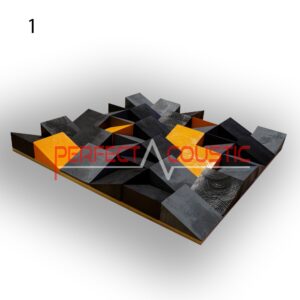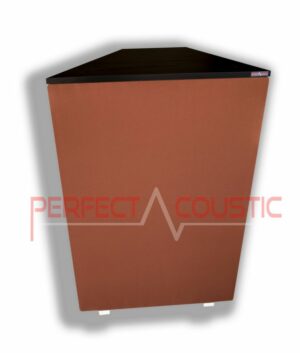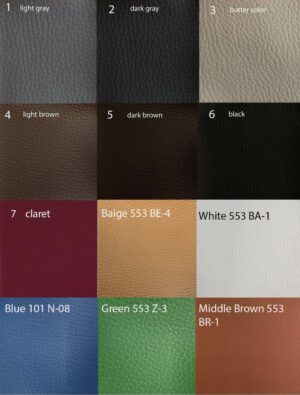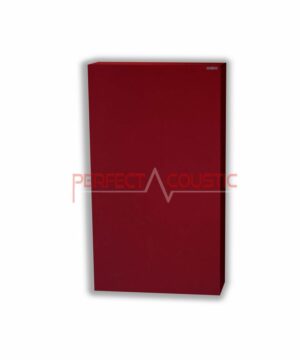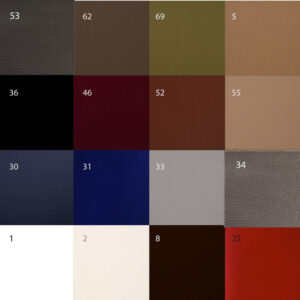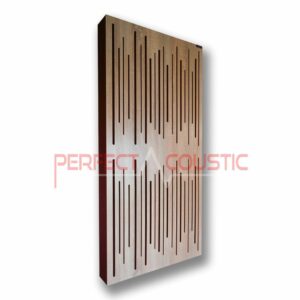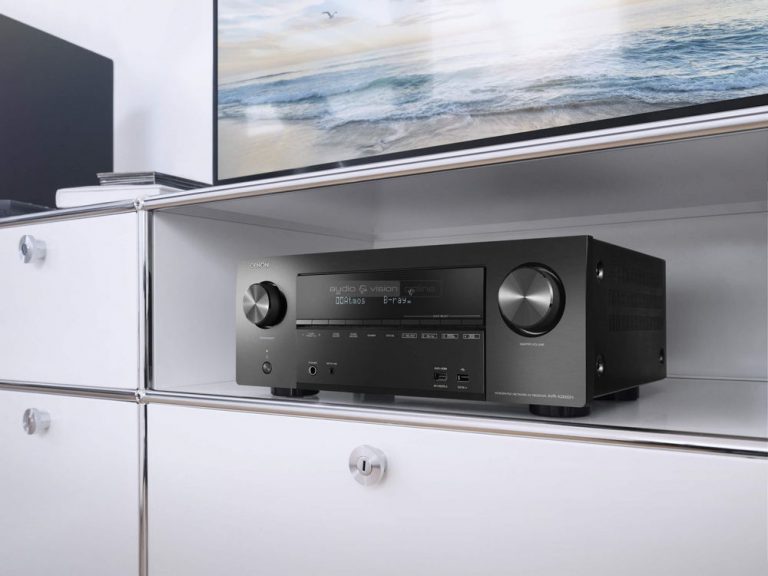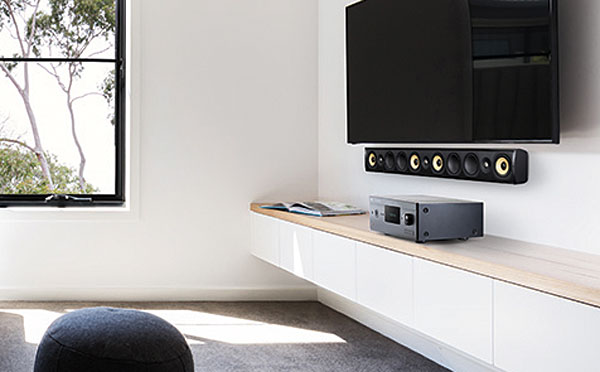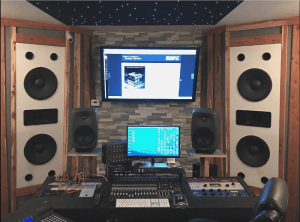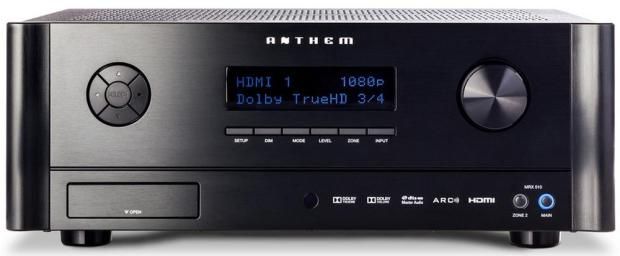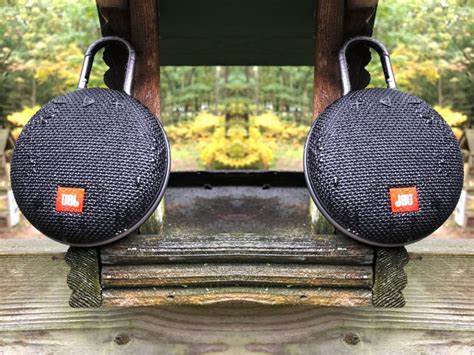Yamaha A-S301 Stereo Amplifier Test
Yamaha has used Top-Art technology, which means a symmetrical design, in the production of the amplifier. This results in much greater signal clarity, noise and distortion-free sound. Thanks to ART technology, vibration damping is also optimised.
The Yamaha A-S301 promises a rich sound at a relatively affordable price.
The stereo amplifiers
Stereo amplifiers generally use simpler circuitry and shorter signal paths than multichannel home theatre amplifiers. Depending on the complexity of the amplifiers, the signal may pass through several circuits, which degrades the quality. For stereo amplifiers, one of the main focuses is on short signal paths, as there is less chance of sound degradation. When choosing a stereo amplifier, it is important to keep it simple: the best way to choose a stereo amplifier is to make sure that it is equipped with as few extra features as possible and that you are not looking at the output power but at the value of the power recorded!
-
Art diffusers 60x60x6cm129 € – 168 € +Vat
-
Corner bass trap with membrane-108x64x23cm135 € – 142 € +Vat
So before buying an amplifier, think carefully about what you want to use it for. A stereo amplifier may be sufficient for home entertainment and listening to music, but for a cinema room it may be more appropriate to buy a multichannel home theatre amplifier.
The design
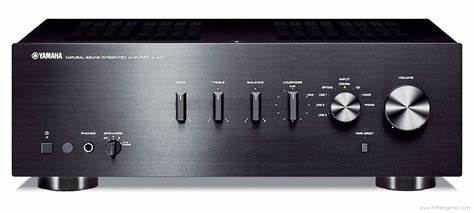
The A-S301 has a thick, robust design that shows quality components have been used in its manufacture.
The front panel features volume, input selection and power buttons, as well as headphone output, A/B speaker selection and a button to activate Yamaha’s Pure Direct mode. The A-S301 also features a volume control that adjusts the desired volume. This also controls the balance of low and high frequency sounds, providing a full range of sound at any volume level.
Yamaha A-S301 features
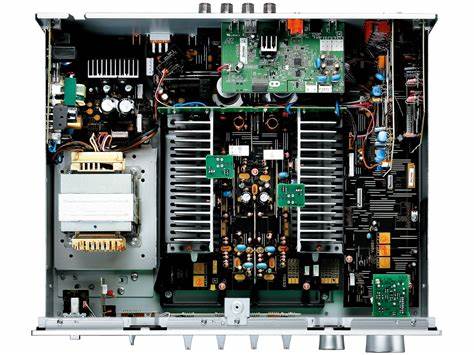
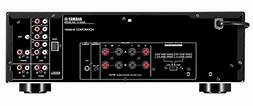
The A-S301 amplifier has a power of 60 watts per channel, 2.1 channels, 2 speaker outputs and 1 subwoofer output. Dimensions: 435 mm width x 151 mm height x 387 mm depth, and weights 9 kg. Although the performance is not the most muscular, it is perfectly adequate for everyday, let’s say average use.
In addition to a number of RCA analogue inputs, the A-S301 has digital, one each for coaxial and optical connections, and a built-in phono input for turntables. These are all located on the rear of the amplifier, as are the amplifier’s two speaker jacks and subwoofer output, the 5 V DC USB power socket, as well as high or low impedance selector buttons and on/off switch for Yamaha’s timed standby mode.
The YBA-11 feature lets you stream music wirelessly from a Bluetooth-enabled mobile phone or PC.
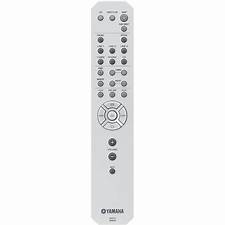
Despite being a bit light, we can’t complain too much about the remote control.
The Auto Power Standby function detects when the amplifier is not in use for a long period of time (around 8 hours) and automatically switches to standby mode.
Testing Yamaha A-S301
We tested the amplifier in a small room, paired with Q Acoustics 3020i speakers.The room had recently been renovated, so the acoustics were not ideal.
The room was quite reverberant, due to the flat, blank walls and ceiling. Several acoustic panels would be needed for optimal sound. We recommended broadband acoustic panels, double skin membrane panels and diffusers for the walls and ceiling. For the floor we recommended acoustic carpet, which also improves the acoustics.
Even the best amplifiers and speakers will only sound good if the acoustic issues of the room are eliminated. Care should also be taken not to over damp rooms, because without basses, the result will not be perfect. It is worthwhile to have acoustic professionals carry out acoustic measurements and design.
When testing the Yamaha amplifier, we found that the midrange was particularly strong, with a pleasant warm sounding that made for very enjoyable, easy listening. The high frequencies were less soft and subtle than using more expensive amplifiers.
An even, balanced, intense sound making with neutral low end and powerful lows characterise the amplifier.
The amp’s dynamics are also ideal, although during testing it sometimes lacked drive and rhythm. The stereo effect is not always the most optimal, but it is an excellent choice for an entry-level amp.
Even at high volumes, the clarity of the sound is maintained. There was some lack of detail, but it wasn’t too bad.
-
Bass sound dampening panels with wood membranes91 € – 268 € +Vat
-
Absorption panels with diffuser-Two in one62 € – 296 € +Vat
Judgment
Although the Onkyo A-9010 amp proved to be better in some respects than this stereo amp, but the Yamaha we tested is a worthy rival. The amplifier is rugged, solidly built, having a balanced and clean-sounding, with good dynamics. For an affordable price, it also uses Yamaha’s Top-Art technology to perfect sound. The detail and drive are not the best, nevertheless, in its category, it is an absolutely fair and pleasant sounding amplifier.
G.H.
Written by Róbert Polgár

